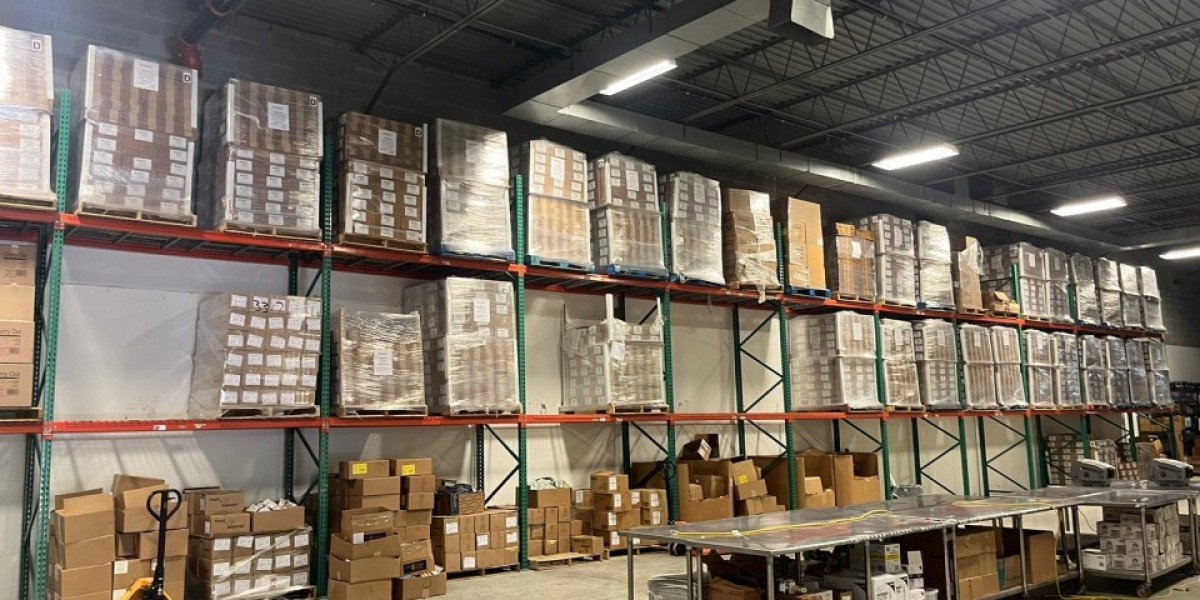When it comes to optimizing warehouse storage in Gloucestershire and Wiltshire, selecting the right type of racking system is critical. A well-designed warehouse racking system ensures efficient use of space, improves accessibility, and enhances operational safety. Here, we’ll explore the different types of warehouse racking systems and the installation techniques suited to each.
1. Selective Pallet Racking
Overview: Selective pallet racking is one of the most commonly used systems due to its versatility and ease of use. It’s ideal for warehouses with a variety of products that require direct access.
Installation Techniques:
Site Assessment: Conduct a thorough evaluation of the warehouse layout, including floor leveling and height restrictions.
Anchoring: Use appropriate floor anchors to secure uprights, ensuring stability and safety.
Load Testing: Test the load capacity of beams and uprights to ensure compliance with safety standards.
2. Drive-In Racking
Overview: Drive-in racking systems are designed for high-density storage, allowing forklifts to drive directly into the storage lanes. This system is suitable for warehouses that store large quantities of similar products.
Installation Techniques:
Frame Alignment: Precise alignment of frames is essential to accommodate forklift movement.
Rail Installation: Install sturdy rails to guide pallets securely.
Safety Features: Add rack protectors and column guards to prevent damage from forklift operations.
3. Push-Back Racking
Overview: Push-back racking systems offer efficient storage by using a system of nested carts. These carts allow pallets to be loaded and pushed back into deeper storage lanes.
Installation Techniques:
Track Configuration: Properly configure the inclined tracks for smooth pallet movement.
Load Testing: Ensure the system can handle dynamic loads during pallet retrieval.
Leveling: Adjust for even floor surfaces to prevent misalignment.
4. Cantilever Racking
Overview: Cantilever racking is ideal for storing long, bulky items like timber, pipes, or metal sheets. It features horizontal arms extending from vertical columns.
Installation Techniques:
Load Distribution: Ensure even weight distribution across arms.
Column Anchoring: Use heavy-duty bolts to secure columns to the floor.
Adjustable Arms: Allow for flexibility in arm placement to accommodate different product sizes.
5. Pallet Flow Racking
Overview: Pallet flow racking uses gravity and roller systems to move pallets from the loading end to the retrieval end. It’s perfect for first-in, first-out (FIFO) inventory management.
Installation Techniques:
Roller Alignment: Install rollers with precise alignment for smooth pallet movement.
Braking Systems: Incorporate speed controllers to prevent pallets from moving too quickly.
Frame Reinforcement: Strengthen frames to handle continuous dynamic loads.
Best For: Warehouses with FIFO inventory systems in Wiltshire and Gloucestershire.
Conclusion
Choosing the right type of warehouse racking system depends on your storage needs, inventory type, and operational workflows. Whether you’re in Gloucestershire or Wiltshire, investing in professional warehouse racking installation ensures safety, durability, and efficiency.
For expert advice and services on warehouse storage solutions, including installation, contact specialists in warehouse racking installation today. Optimize your storage space and streamline your operations with the right racking system.







